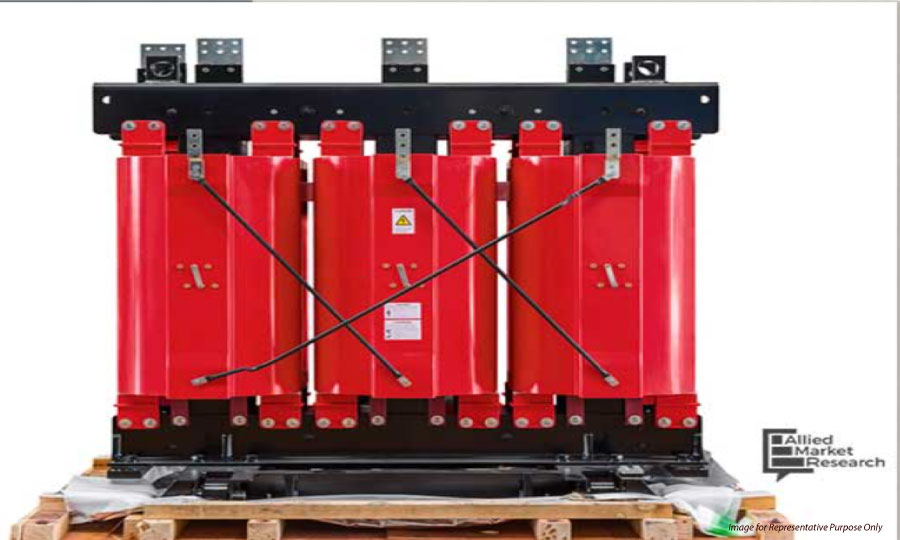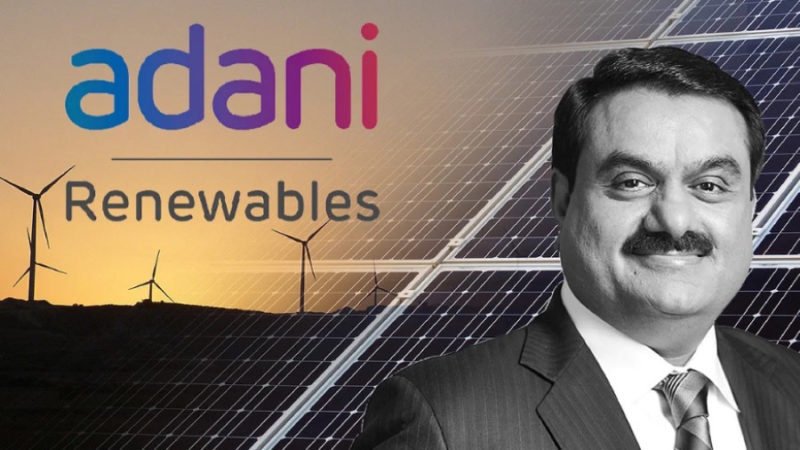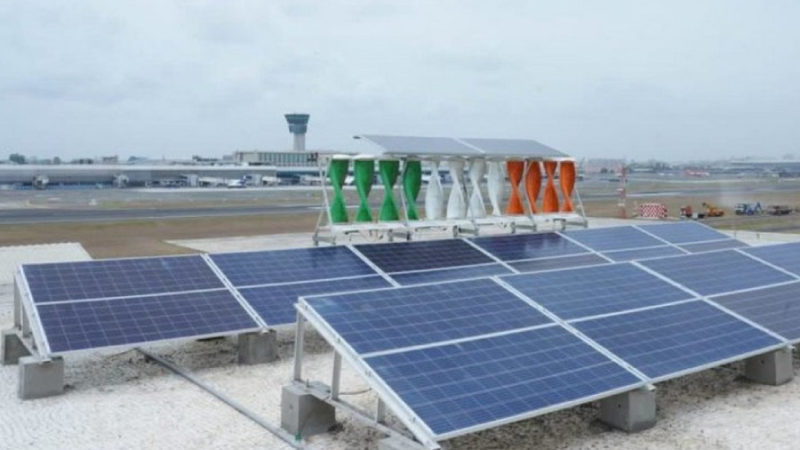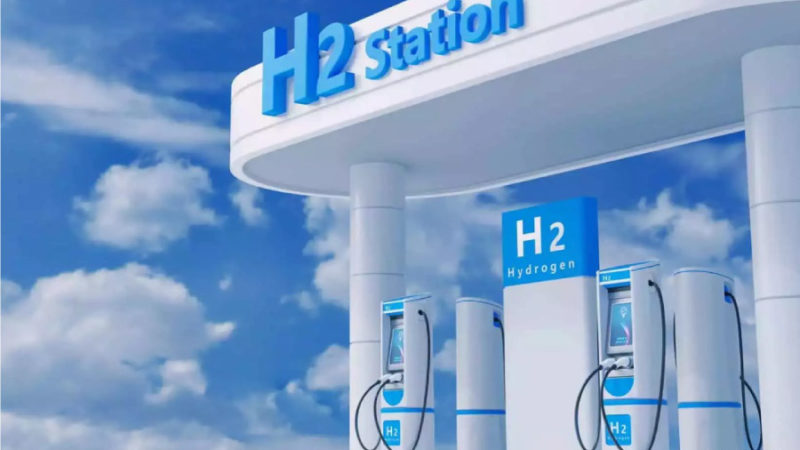Dry Type Transformers Becoming Prevalent Being A Hazard-Free Solution

Dry-type transformers offering high safety and low maintenance solutions are gaining popularity in the market.
Dry-type transformers can be delineated as a fully stationary solid-state expedient and they require relatively less maintenance while doling out problem-free services or solutions. Unlike liquid fill transformers, dry-type cylinders tend to use simply high-temperature padding systems as they are eco-friendly and environmentally safe.
The fact these transformers set out a secure and steady power source eliminates the need for fire-resistant vaults, reducing the emission of toxic gasses. These high-end safety factors have allowed these transformers to get installed in different areas where fire safety is highly mandated. As these transformers are almost hazard-free, they can be easily mounted at premises such as hospitals, chemical factories, and schools.
Simultaneously, high safety and low maintenance stipulations can hold out huge savings in fire safety systems that nullify the higher purchase price. This is how the dry-type machines can compete with oil-filled types of machinery on the ground of the total cost of ownership. Savings on installation can also be applied with the dry types as there would be absolutely no need for essential oil control or fire subdual systems.
Furthermore, the conveyance and installation of the systems are more manageable, with no oil handling clutters on board. So, once fitted for operation, the maintenance costs become much lower as there is no need for oil checks on cisterns and reservoirs.
Added to this, dry-type transformers come with no bushings, and that’s the reason why there is no risk of any wanted bushing botch, a usual failure type for oil-filled converters. Last of all, although crippling failures, leaks, or trips are not that frequent, their cost is put up into insurance.
Shortly put, with the potential for bringing down resources to a significant extent, it is worth checking if there is a TCO benefit with the dry-type transformers. Taking the overall expenses into consideration, dry-type transformers can definitely be the most reasonable and the safest choice.
Another latent application for dry-type converters is that they can be laid on in airtight or waterproof tanks for jarring environments; as for instance, urban grids that are susceptible to overflowing, coalfields, offshore boards, and chemical processing units that might have a caustic environment.
One such convertor beneath the boulevards of Manhattan, New York, reportedly, subsisted hurricanes namely Irina and Sandy, and kept on functioning despite being inundated under twenty feet of water. The reservoir is loaded with nitrogen and fitted with sensors to identify any drop of pressure that might point out oxidization or weathering of the tank.
According to Allied Market Research, the global dry type transformer market is expected to showcase a considerable CAGR from 2020 to 2027. Its wide application in the circulation of electricity has worked as a major factor driving the growth of the market in more than one way.
Also, the development of electricity distribution networks and fast industrialization drive in developing economies have supplemented the growth yet more. In the last few years, there’s been a significant effort in plummeting the dependency on coal-based electricity production and this is how several countries have also accorded to escalate the implementation of renewable energy generation.
Wet transformers are now being supplanted by the dry type due to their unmatched safety features. On the other hand, the intricate structure of dry-type transformers makes it a bit costlier than that of their oil-imbued counterparts, which in turn is expected to restrain their growth to some extent.
Nevertheless, the extension and renewal of power grids with smart webs have augmented the demand for digital dry-type transformers. This factor has already toned down the impeding aspect and paved the way for an array of opportunities in the industry.
Digital dry-type transformers are best known for endowing the users with the much-required information on its execution. This will facilitate the individuals to evaluate the data and line up the maintenance program of the convertor. Such well-versed and conversant decisions would prevent and drop off the downtime of the modifier; thus boosting the productivity of the machine altogether.
Furthermore, the emergence of 3D core VPI transformers for EV charging corners has also initiated an array of lucrative opportunities for the key players in the sector.
Here, it’s worth mentioning that the breakout of covid-19 led to a distorted supply chain across the world, which resulted in suspensions of several construction projects. This factor had a negative impact on renewable electricity plans.
Also, in the global solar sector, the major supply chain has always been reliant on the Southeast Asian economies. And, with China being the source of this spate, the dry type transformer market was highly affected during the initial phase. Nevertheless, the global situation is getting better at a gradual pace and the market is projected to get back to its position soon.
Author’s Bio – Koyel Ghosh is a blogger with a strong passion and enjoys writing on miscellaneous domains, as she believes it lets her explore a wide variety of niches. She has an innate interest for creativity and enjoys experimenting with different writing styles. A writer who never stops imagining, she has been serving the corporate industry for the last three years.








